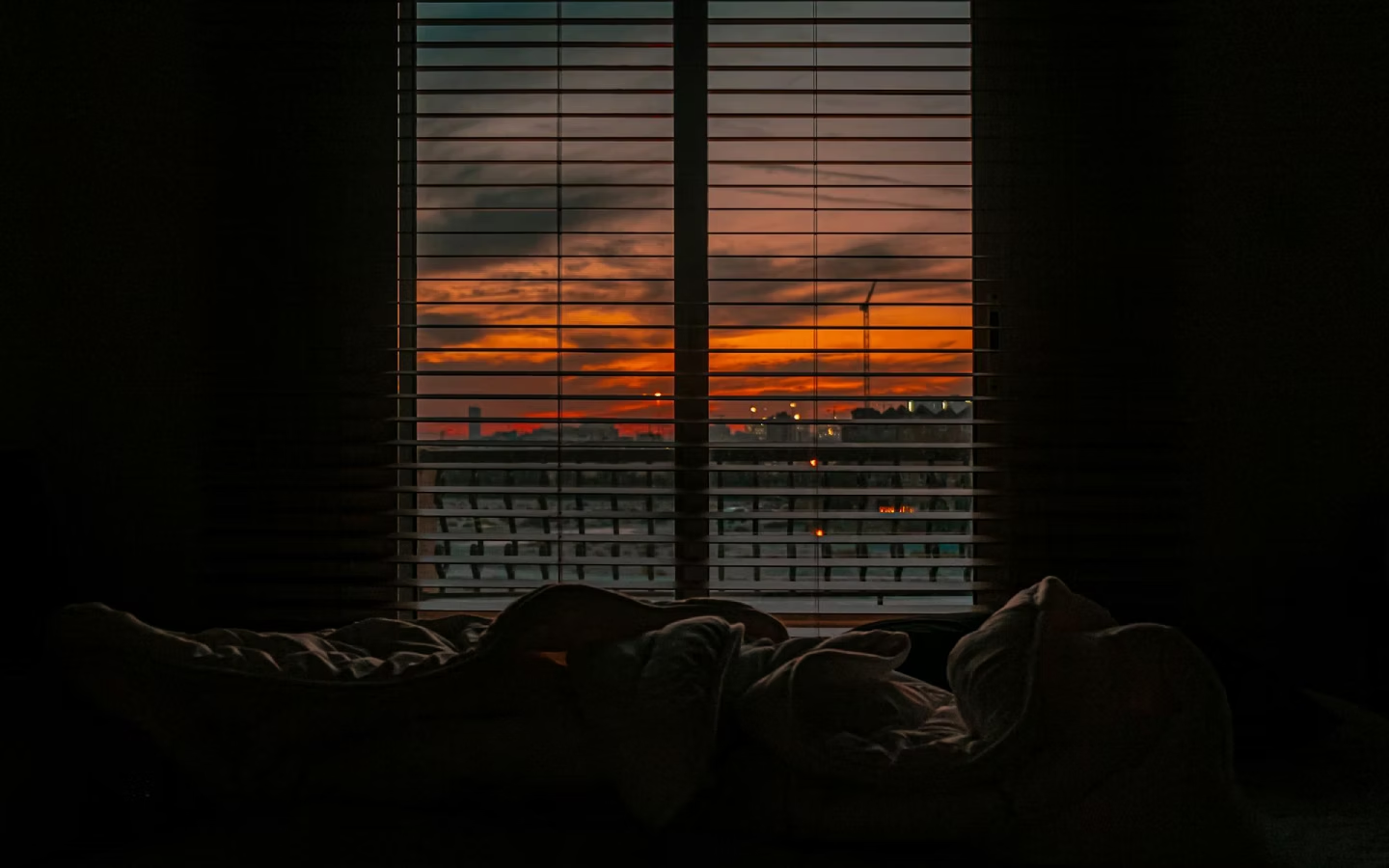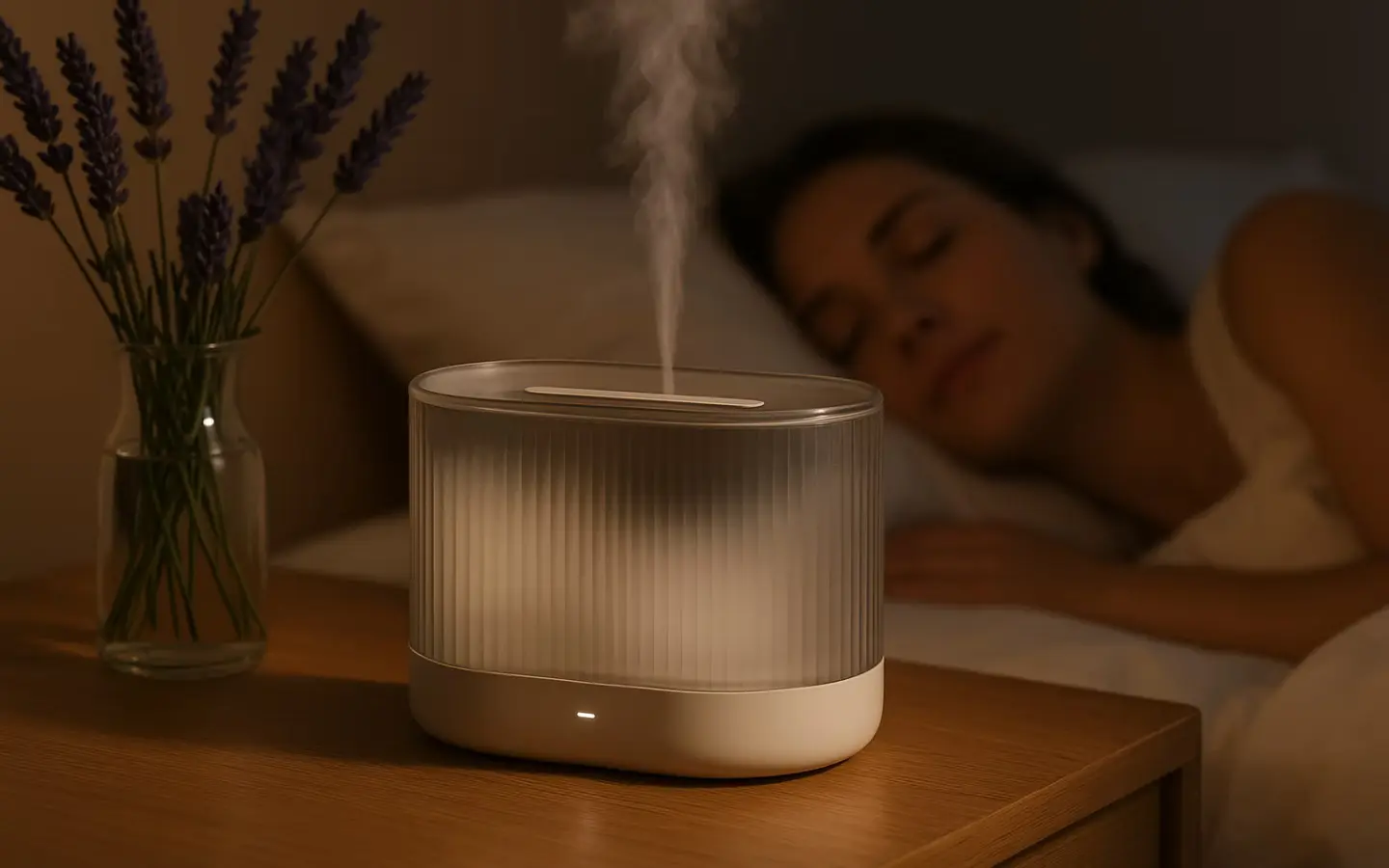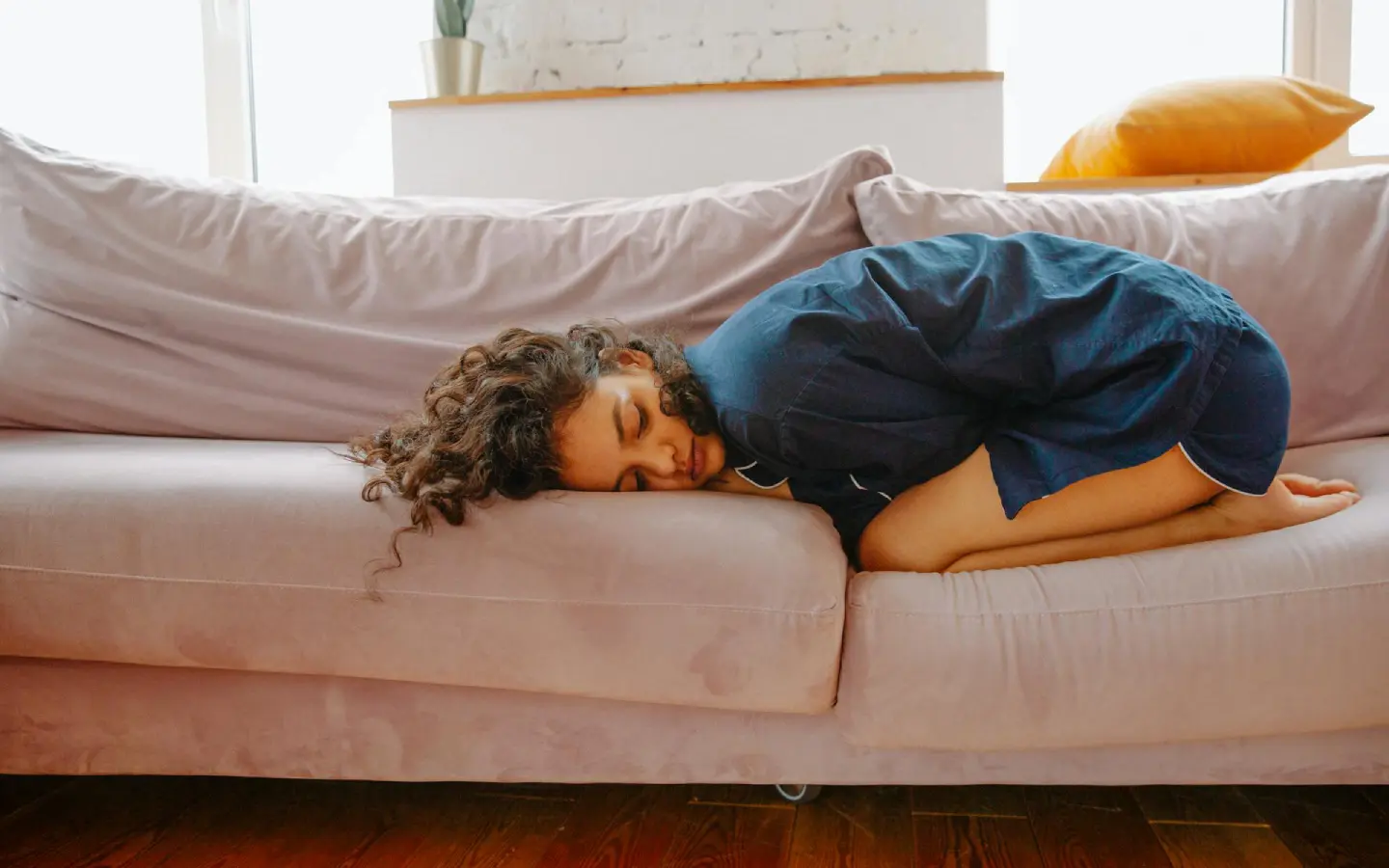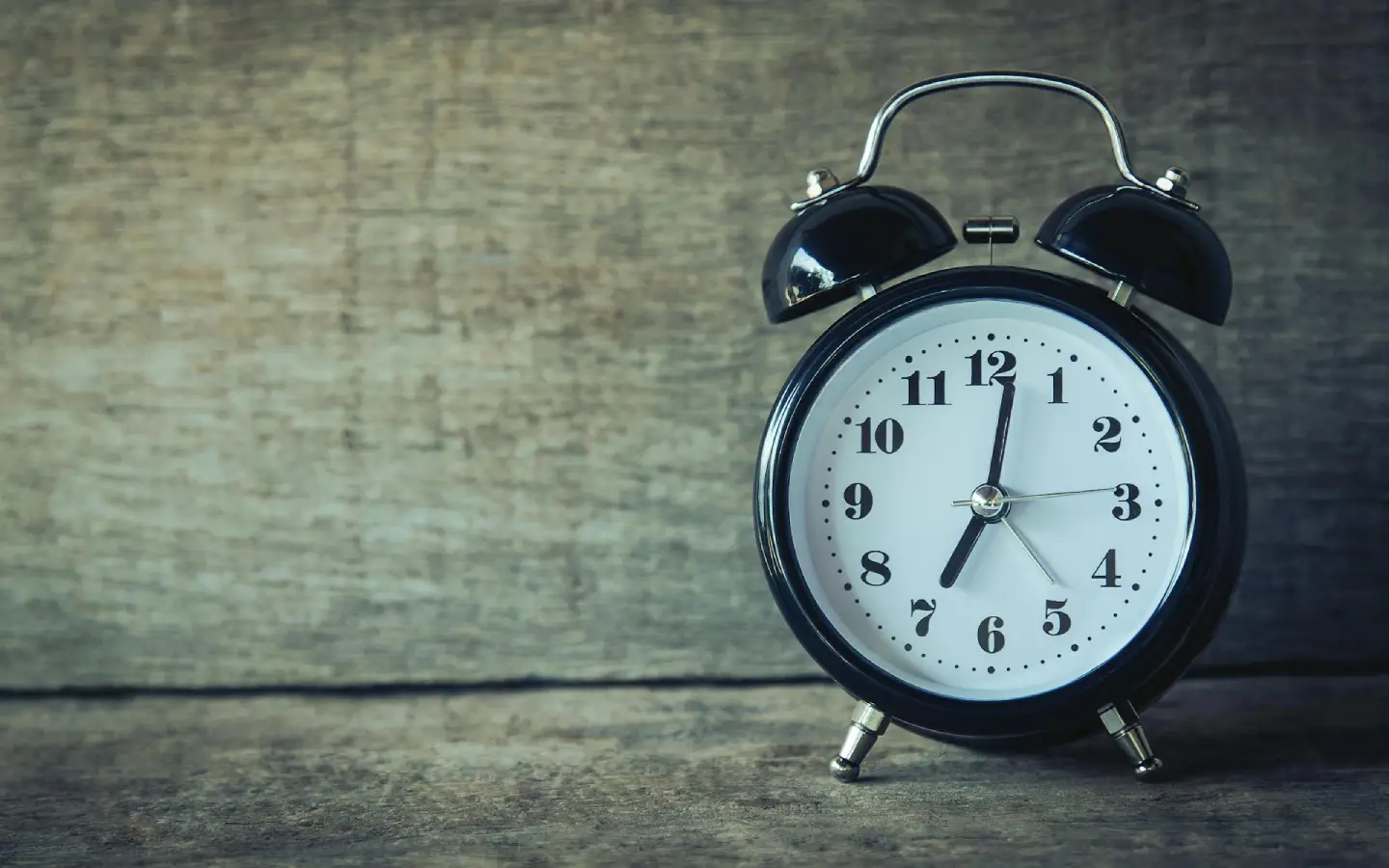July 18, 2025
5 Most Common Sleep Disorders and How Scent Therapy Can Provide Relief
Not being able to sleep well is more than just a inconvenience. Poor sleep touches every part of life, influencing how you think, feel, and handle daily tasks. Millions of people struggle with sleep disorders that go far beyond the occasional restless night. Understanding the most common types of sleep disorders is the first step to recognizing what might be behind your own sleep problems.
In this article, you will learn:
- What qualifies as a sleep disorder
- The five most common types of sleep disorders
- Early signs to watch for
- How a personalized scent therapy like Kimba can allow you to sleep better, regardless of the specific condition you may have
What is a Sleep Disorder?
A sleep disorder is any condition that disrupts the normal sleep patterns. This can mean trouble falling asleep, staying asleep, waking up too early, or feeling unrefreshed even after a full night in bed. Sleep specialists group these under sleep disturbances that affect both the quantity and quality of sleep.
There are more than 80 official types of sleep disorders, but most people experience a handful that are especially common, according to the American Academy of Sleep Medicine. If you regularly wake up exhausted, struggle to focus, or rely on caffeine just to feel alert, you might have an undiagnosed sleeping disorder.
What Are the 5 Types of Sleep Disorders Seen Most Often?
While there are many classifications, these five represent the bulk of sleeping disorders diagnosed today.
1. Insomnia
Insomnia is the most recognized sleeping disorder. People with insomnia have difficulty falling asleep, staying asleep, or wake up too early and cannot get back to sleep. Short-term insomnia can come from stress, travel, or illness, but chronic insomnia lasts at least three nights a week for three months or more.
This disorder is closely linked to how the brain responds to stress. Racing thoughts, elevated cortisol levels, and an overactive nervous system often stand in the way of rest.
It affects people of all ages and tends to show up more during periods of high stress or times of hormonal shifts, such as pregnancy, menopause, or monthly cycles.
2. Sleep Apnea
Obstructive sleep apnea causes breathing to repeatedly stop and start during sleep. It often goes unnoticed until a partner hears loud snoring or choking sounds. The airway collapses or becomes blocked, forcing brief awakenings to restore breathing.
This condition not only fragments sleep but also strains the cardiovascular system. It’s more common in men, people who carry extra weight, and older adults, though anyone can develop it. People with untreated sleep apnea often report extreme daytime fatigue, morning headaches, and trouble concentrating.
3. Restless Legs Syndrome (RLS)
Restless legs syndrome creates uncomfortable sensations in the legs, especially in the evening, leading to an irresistible urge to move. This disrupts the ability to relax into sleep. Many people with RLS also experience periodic limb movements throughout the night that repeatedly disturb deeper stages of sleep.
It tends to run in families and often becomes more noticeable with age.
4. Narcolepsy
Narcolepsy is a neurological sleep disorder that affects the brain’s ability to control sleep-wake cycles. People with narcolepsy can fall asleep suddenly during the day, sometimes in the middle of activities. They might also experience cataplexy, which is a sudden loss of muscle tone often triggered by strong emotions.
Narcolepsy usually begins between ages 10 and 30 and often goes undiagnosed for years.
5. Parasomnias (Sleepwalking, Night Terrors, Nightmares)
Parasomnias include unusual behaviors during sleep, such as sleepwalking, talking, night terrors, or even eating. These events typically occur during transitions between sleep stages and can make sleep less restorative. Nightmares, in particular, can leave lasting emotional stress, making restful sleep challenging.
Parasomnias are more common in children but can persist into adulthood, especially under stress or when sleep is frequently disrupted. Although narcolepsy is less common than the other disorders listed here, it is one of the most disruptive and often goes undiagnosed for years.

Early Signs of a Sleep Disorder
Not every rough night signals a sleeping disorder, but if you notice these patterns, it may be time to look closer:
- Feeling tired even after what should be enough sleep
- Difficulty staying awake during daytime meetings, reading, or watching TV
- Needing multiple alarms or others to wake you up
- Increased irritability or frequent mood shifts
- Trouble remembering things or focusing at work
- Partners commenting on snoring, gasping, or unusual movements
If any of these sound familiar, you may be dealing with one of these types of sleep disorders. Addressing it sooner reduces long-term effects on your health.
[CTA_INSERT]
How Sleep Disorders Are Treated
Sleep disorder treatment depends on the specific condition and what’s causing it. Doctors might recommend:
- Cognitive behavioral therapy for insomnia (CBT-I), which helps retrain your brain’s relationship to sleep
- CPAP machines or dental devices for obstructive sleep apnea to keep airways open
- Medications, such as dopaminergic agents for RLS or stimulants for narcolepsy
- Lifestyle changes, including consistent sleep schedules, limiting alcohol, and improving bedroom environments
These are the foundations, but many people also look for alternative ways to calm the nervous system and improve sleep quality on their own. Practices like slow breathing, gentle stretching, or calming bedtime routines can all help lower the tension that keeps the body too alert for deep sleep.
Aromatherapy can also be used for its sleep benefits. It works through your sense of smell, which connects directly to the limbic system, the part of the brain that handles stress, emotion, and sleep readiness. Using sleep scents before bed gives your brain a simple, natural cue that it’s time to slow down and move toward deeper rest.
However, traditional aromatherapy has a real downside. Most diffusers release a continuous stream of scent that your brain quickly adapts to. This is called olfactory habituation, which means the calming effect fades right when you need it to keep working.
Kimba was designed to solve exactly this problem. Instead of running non-stop, Kimba delivers short scent pulses that stay fresh to the brain. It also connects to your wearable health tracker, adjusting the timing and intensity of these pulses in real time based on what your body shows it needs throughout the night.
This is how scent therapy becomes more than just a pleasant smell. It turns into a reliable way to keep your nervous system guided toward deeper, more restorative sleep.

How Kimba Helps People With Sleep Disorders
Kimba was created for people who want to improve their sleep quality through scent-based support that works with the body’s natural rhythms. Unlike most diffusers that passively release fragrance, Kimba combines clinically tested scent blends, nervous system tracking, and precisely timed pulses that keep the limbic system engaged throughout the night.
How exactly does this help people experiencing sleep disorders?
Most sleep problems stem from how the brain handles stress, alertness, and safety. The limbic system, which serves as the brain’s emotional and survival center, responds directly to scent. This makes it a powerful entry point for restoring healthy sleep patterns, especially when those pathways are disrupted.
Kimba’s scent blends aren’t typical essential oils. Each formula is grounded in research on how the nervous system shifts during sleep. Our team works directly with neuroscientists, olfactory researchers, and clinical sleep experts to develop and test these blends over thousands of nights. Every scent is designed to engage the brain’s built-in pathways for calm, safety, and deep rest.
For example:
- People with insomnia often have an overactive stress response that keeps the nervous system too alert. Kimba’s scent pulses respond to real-time wearable data, helping reinforce calm when tension rises.
- For those who wake frequently, such as in restless legs syndrome or mild sleep apnea, Kimba helps re-establish a sense of safety, guiding the brain back into deeper sleep cycles.
- Anyone dealing with fragmented or disrupted sleep can benefit from a more structured, biologically informed way to calm the brain at night.
Kimba is not a replacement for medical treatment in conditions like moderate or severe apnea, but it can be a meaningful part of a broader sleep strategy. It pairs well with CBT-I, medical devices, and other therapies by helping the nervous system stay in a sleep-ready state.
The best part is, there are no side effects or habit formation with Kimba, just 100% natural scent therapy that takes care of your sleep.
When to Seek Professional Help
If you suspect a serious sleep disorder, especially one involving breathing pauses, sudden sleep attacks, or intense movement during sleep, talk to a doctor. A sleep specialist might order a sleep study to observe what’s happening overnight. This is essential to ruling out or confirming conditions like sleep apnea or narcolepsy.
At the same time, if you are dealing with milder but still frustrating sleep problems, creating a sleep-supportive bedroom environment and routine is a great place to start.
Kimba was designed for exactly this kind of role. It gives you a simple way to calm your nervous system, ease into deeper sleep, and wake up feeling truly restored.
What To Remember
Most people will struggle with sleep at some point, but when it becomes a pattern, it’s worth paying attention. Whether you face insomnia, restless legs, mild sleep apnea, or another sleeping disorder, understanding the underlying causes and options for support gives you a clear path forward.
From proven therapies to emerging tools like Kimba, there are more ways than ever to help your brain settle into the restful, deep sleep it needs.
See what Kimba can do for your nights!


Continue reading




